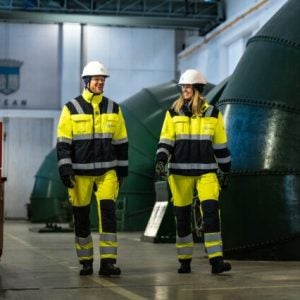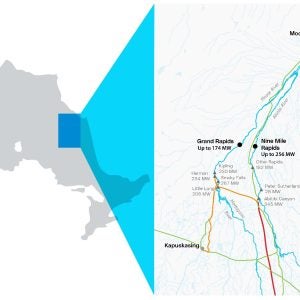 Developers of floating solar photovoltaics (FSPVs) should collaborate with hydropower generators to deploy more FSPVs on reservoirs, new analysis by Frost & Sullivan suggests.
Developers of floating solar photovoltaics (FSPVs) should collaborate with hydropower generators to deploy more FSPVs on reservoirs, new analysis by Frost & Sullivan suggests.
The analysis – Technological Advancements in Floating Solar Technologies – says that the conventional land-based solar power business is being challenged by the rising prices of land acquisition brought on by the growing population. As a result, floating solar technology manufacturers have made significant investments in research and development (R&D) work to improve floating support materials, cutting-edge designs, mooring and anchoring technologies, and sophisticated sun-tracking systems to combat land scarcity issues.
"Floating solar will increase in value as land scarcity-related issues become more prominent," said Paritosh Doshi, Energy & Environment Sr. Research Analyst at Frost & Sullivan. "Additionally, floating solar power plants significantly reduce evaporation on bodies of water, which will drive the adoption of floating solar during the next decade as a technology that achieves sustainable energy production while conserving water.
"Floating solar involves expensive infrastructure comprising floating support and mooring and anchoring systems for transporting the electricity that plants generate to onshore areas. This pushes companies to minimize such costs by collaborating with hydropower plant operators, as it will allow floating solar plants to utilize the transmission infrastructure used by hydropower plants."
To tap into the growth prospects of floating solar technologies, the analysis says market participants should work more with hydropower generators to deploy their technology as this provides several advantages for both hydropower and the FSPV projects Other suggestions include concentrating on the regions with high solar irradiance, as FSPV plants will achieve a higher return on investment in these regions than in other regions; and developing hybrid ocean energy technologies that integrate floating solar, wind energy, and wave energy systems to offer better economics and more consistent power generation.






